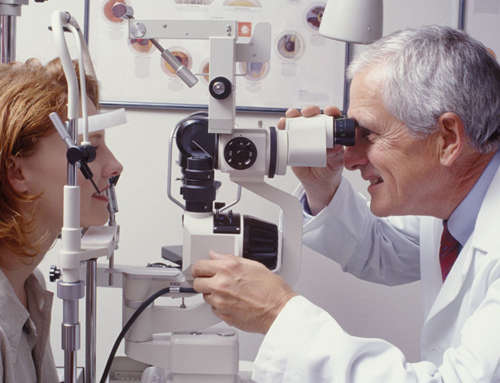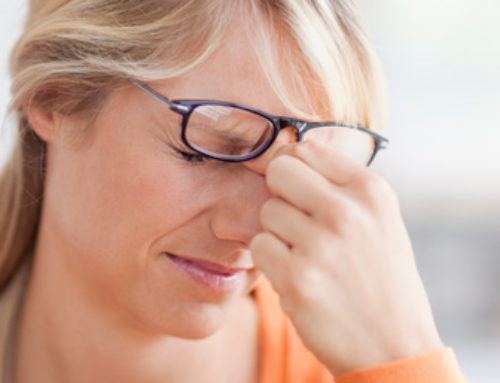Although many people are aware of the dangers of ultraviolet or UV light with regard to skin cancer, many don’t realize that exposure to this type of light can also damage eyes over time. Cataract doctors have long warned their patients to wear proper eye protection when outside, as UV light from the sun can cause cataracts. Extended exposure to UV rays and other wavelengths of sunlight can also cause other related eye problems such as macular degeneration, pingueculae, pterygia and photokeratitis that can cause temporary vision loss.
To protect your eyes from UV radiation, cataract doctors and other eye care professionals recommend the use of sunglasses that block 100 percent of UV rays, as well as most of high-energy visible (HEV) radiation, also known as blue light, which can also damage eyes and increase the long-term risk of macular degeneration. Opt for sunglasses with wrap-around frames as these provide the most protection from stray sunlight that can reach your eyes from around the periphery of your lenses.
Although most people refer to UV as a light, this term is technically incorrect because see UV rays are not visible to the naked eye. The three types of UV rays that can cause damage to the eyes include: UVC rays, UVB rays, and UVA rays. UVC rays, at wavelengths of 100-280 nanometers (nm), have the highest amount of energy and are potentially the most harmful. The earth’s atmosphere blocks most of UVC rays, but the depletion of the ozone layer allows more of these rays to reach the surface.
UVB rays, at 280-315 nm and lower energy, are partially filtered by the earth’s atmosphere, but many still reach the earth’s surface. These are the rays that cause suntans, sunburns, and increases the risk of skin cancer and premature aging. Cataract doctors and other professionals believe UVB rays are responsible for pingueculae and pterygia, or growths on the eye surface that can cause corneal problems and distorted vision. Photokeratitis, a painful inflammation of the cornea commonly known as snow blindness in its severe form, causes temporary vision loss lasting 24 to 48 hours.
UVA rays are closer to visible light and have lower energy. They do more damage because they can pass through the cornea, reaching the lens and the retina. Overexposure to UVA rays is linked to the development of some kinds of cataracts and suggests it plays a role in development of macular degeneration.
Risk of eye damage from UV light is augmented by several factors, including geographic location, altitude, time of day and medications. Contrary to popular belief, cloud cover does not affect UV exposure.
If you are interested in speaking with a cataract doctor and live in the Houston area, give us a call at 713-234-6134 or contact us.




